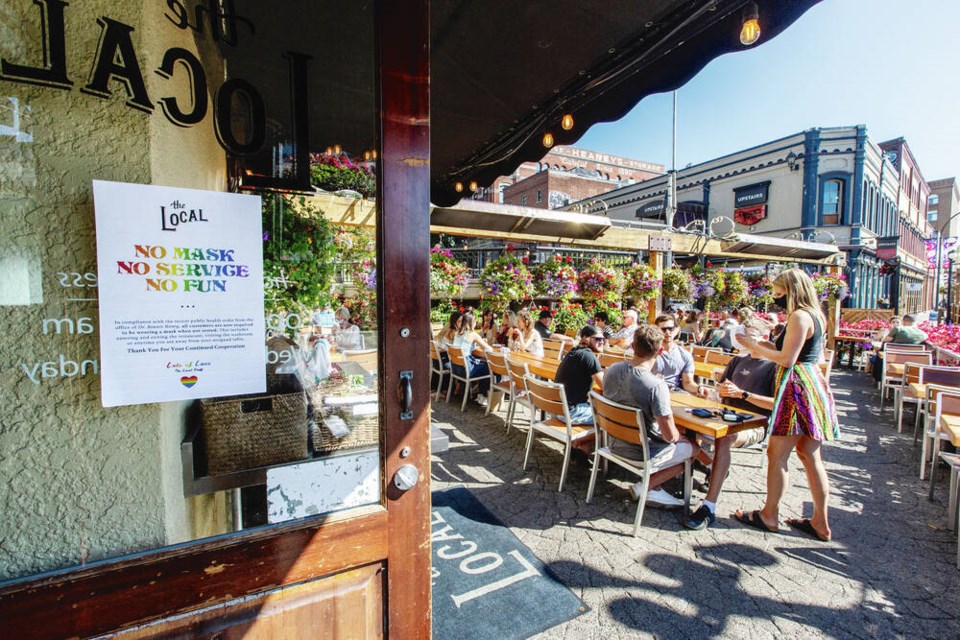Victoria’s unemployment rate ticked up slightly in October to 4.4. per cent, according to Statistics Canada’s monthly labour force survey.
Though it was higher than September’s 4.2 per cent, the rate remains one of the lowest in the country, tied for fourth with Kelowna. Quebec City had the lowest rate at 3.8 per cent.
Victoria saw significant year-over-year improvement in employment in the hospitality industry, with 6,000 more people employed in the restaurant and accommodation sector in October than at the same time last year.
There was also improvement in the education sector, which added 4,500 to its ranks over the last 12 months.
The health-care sector in Victoria, meanwhile, employed 2,100 fewer people last month compared with October 2020, while the construction industry employed 2,500 fewer people than it did last year.
The province continued to have one of the lowest unemployment rates in Canada at 5.6 per cent.
“The Labour Force Survey for October solidifies B.C.’s position as leading Canada’s economic recovery with another 10,400 jobs added throughout the province last month,” said Jobs Minister Ravi Kahlon.
Kahlon said B.C. continues to lead all provinces with a job-recovery rate of 101.9 per cent, noting there are now 51,000 more British Columbians employed than at the start of the pandemic. “That’s a direct result of people, businesses and communities working together to get through these tough times.”
Nationally, the economy churned out another month of job increases that brought the national unemployment rate to a pandemic-era low, even as economists warn that further gains could become increasingly difficult.
The addition of 31,000 jobs last month lowered the unemployment rate to 6.7 per cent, down from 6.9 per cent in September, for the measure’s fifth consecutive monthly decline.
Statistics Canada said the unemployment rate would have been 8.7 per cent in October, down from 8.9 per cent in September, had it included in calculations Canadians who wanted to work but didn’t search for a job.
RBC economists Nathan Janzen and Claire Fan wrote in an analysis that the unemployment rate is still above a longer-run rate of about six per cent, which suggests there are fewer than 200,000 available workers.
That makes filling the almost 900,000 current job vacancies a difficult prospect, said Leah Nord, senior director of workforce strategies for the Canadian Chamber of Commerce. It’s likely to prove much harder than the now-completed recovery of the three million jobs lost at the onset of the pandemic, she said.
“We just want to be done with this and it’s not going to be done,” she said. “It’s not going to be done for a long time.”
Gains in October were seen across a number of industries, including the hard-hit retail sector, which pushed the industry back to its pre-pandemic levels for the first time since March.
Offsetting some of the gains were losses in sectors like accommodation and food services that registered a second consecutive monthly decline.
Across the labour market, almost seven in 10 unemployed workers who returned to work within 12 months stayed in the same industry, again in line with pre-pandemic trends.
The data suggest no signs of a “great resignation” in Canada, said Behnoush Amery, senior economist with the Labour Market Information Council, but rather more sector-specific issues, particularly in high-contact service industries like accommodation and food services.
— With files from The Canadian Press



